
A World Without Chocolate?
A doomsday scenario has moved chocolate purveyors to take steps to ensure healthy cacao crops for generations.
When Business Insider ran the headline “Chocolate is on track to go extinct in 40 years,” the claim sparked global panic. But as the internet raged about imminent chocolate annihilation according to the 2017 article, scientists at the University of California, Berkeley cringed. The Berkeley team quoted in the piece had partnered with the now 108-year-old candy company Mars, Inc. (Snickers, Milky Way, and M&Ms) to tweak cacao plant DNA. But the work was not motivated by any proof that the crop would soon be dying out completely.
The universal interest in maintaining a robust, long-term supply of high-quality chocolate remains undisputed. Mars’ Sustainable in a Generation Plan is working to slash its carbon emissions by 67 percent by mid-century and is funding scientists to develop a drought- and disease-resistant cacao tree—which is, in fact, already needed. The Berkeley team is using the new technology called CRISPR that allows for tiny, precise tweaks to DNA that were never possible before. The tweaks are already being used to make crops cheaper and more reliable as the impacts of climate change, including more pests and a lack of water, become everyday reality.
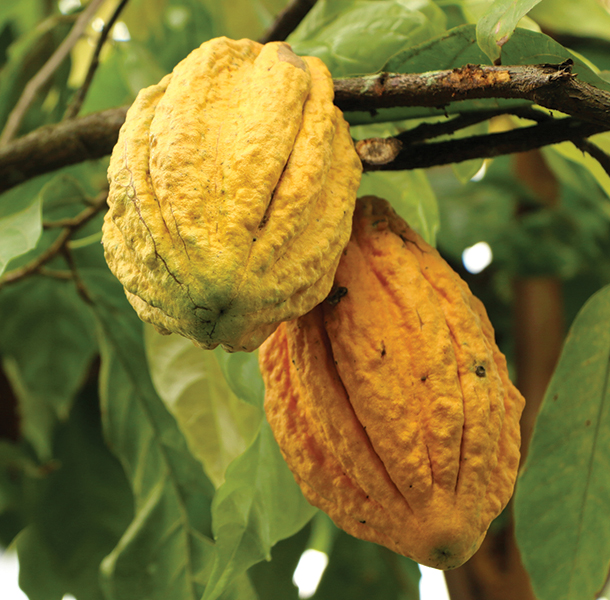
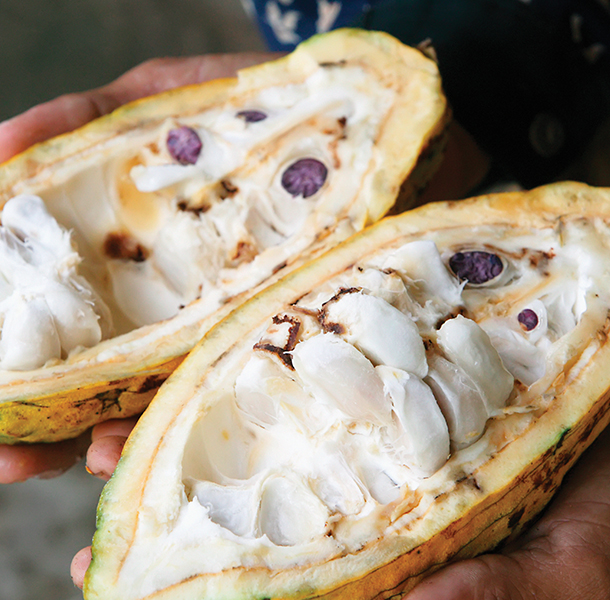
To build a more stable cacao supply chain, Pennsylvania-based Hershey Company is launching a half-billion-dollar strategy to end deforestation and is working with the Ghanaian government to protect the rainforests of the country’s Kakum National Park. “A particular commodity like cacao has a very finite number of places on the planet where it can grow, that’s why we’re taking action now,” says Jeff King, senior director of sustainability, corporate social responsibility, and social innovation at Hershey.
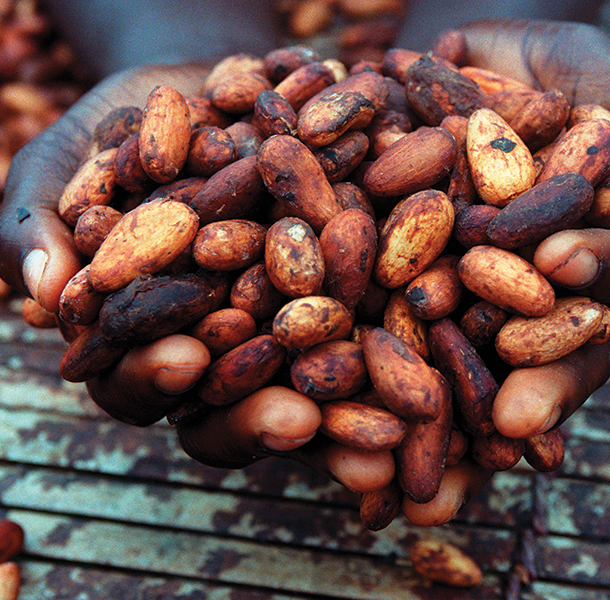
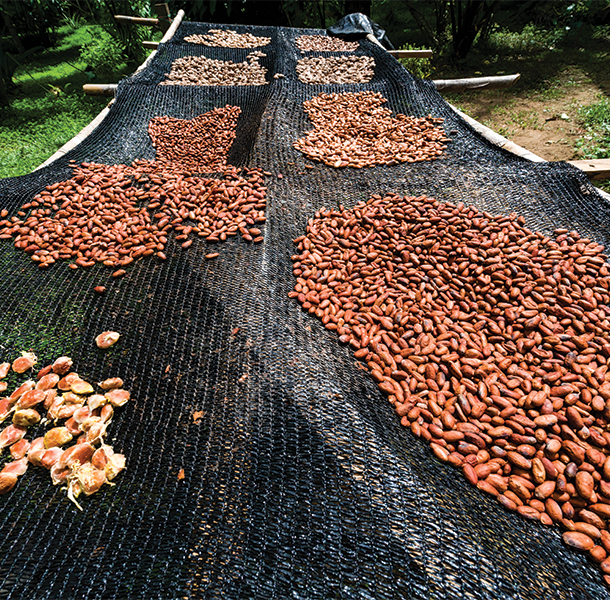
The global chocolate market tops $100 billion, with demand already outpacing supply. Cacao trees are evergreen, growing about 30 feet high and producing oblong, foot-long fruit with between 20 and 60 reddish-brown cacao beans inside. It takes about 500 beans to produce a single pound of chocolate and the process is hugely labor intensive. The trees thrive in a region about 20 degrees north and south of the equator and only under specific conditions: consistent temperatures below 95 degrees Fahrenheit, high humidity, rich soil, and protection from sun and wind. It’s predicted that areas like these could shrink by as much as 30 percent over the next 20 years. The trees historically grow best in rainforests, where deforestation reached alarming highs in July 2019.
According to Brazil’s National Institute for Space Research, the number of fires in rainforests—all of which are caused by slash-and-burn deforestation—is 80 percent higher than during a comparable period last year. The rate of burning is the fastest it’s been since record keeping began in 2013. Bloomberg.com reports that blazes in Angola and the Democratic Republic of Congo are destroying twice as many acres as the more widely publicized fires in the Amazon.
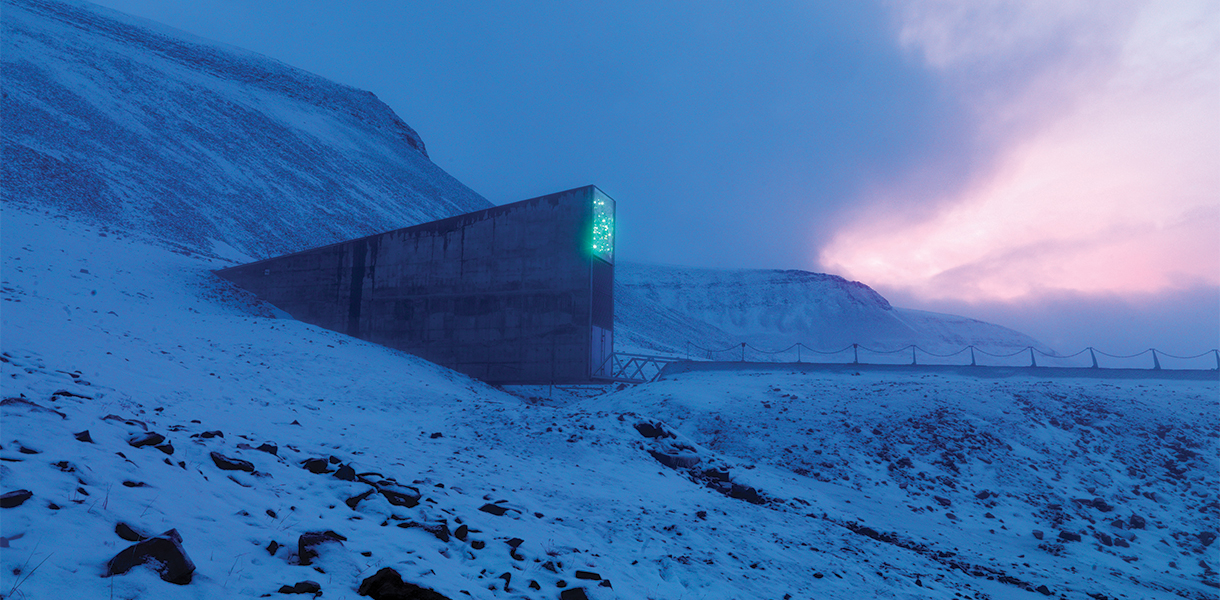
Rainforests and unique microclimates at the headwaters of the Amazon River (Columbia, Ecuador, and Peru) contribute to the world’s richest and most diverse species of cacao. Jerry Toth, co-founder of To’ak, is a forest conservationist turned chocolatier. He first located a grove of 16 old-growth trees, nine of which were heirloom pure Nacional trees, and now the farmers who work with him have 189 seedlings under cultivation. “We started paying farmers up to eight times more than the standard rate in Ecuador,” he says. The word spread, communicating to farmers that old growth was valuable.
Toth is developing the premium market for pure Nacional—famous for its earthy, floral aroma—charging from $280/50 grams. While he is very concerned about habitat destruction, he doesn’t expect to be living in a world without chocolate. “Consumers can pay attention to where their chocolate comes from and under what conditions it was grown. On the packaging, look for the country, the area, and the specific farmers’ cooperative,” says Toth. Shoppers buying at a chocolate shop can ask if the chocolate is certified organic or fair trade. “If we get into a situation where no place on the planet can grow cacao, we have a larger problem than
no chocolate.”




